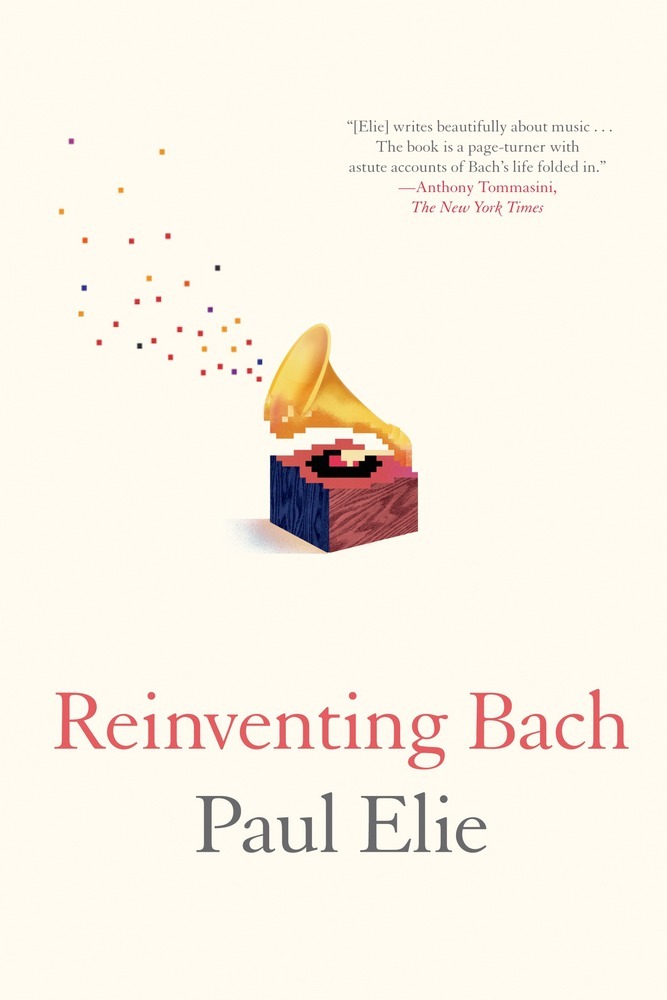Paul Elie - Reinventing Bach
Paul Elie 2012. Reinventing Bach. New York: Farrar, Strais and Giroux, 498 pp.

Ostensibly this book is not directly about the music of Johann Sebastian Bach. Rather it is about modern interpreters who have been responsible for a revived appreciation of Bach. Those champions in rough chronological order include: Felix Mendelssohn (who gets very few words), Albert Schweitzer, Pablo Casals, Leopold Skokowski, Glenn Gould, Rosalyn Tureck (New York pianist who I did not know about). The book, however, is not strictly chronological and jumps about quite a bit, which can be misleading when unfamiliar events and people are discussed together. The final chapters discuss more recent times and events (the fall of the Berlin Wall in 1989 and more recently), and thus other interpreters: Mstislav Rostropovich, Isaac Stern and many others.
I did not know that Bach (1685 – 1750) and Vivaldi (1678 – 1741) were such close contemporaries and that Bach had such appreciation of Vivaldi’s works and transcribed many of them, most famously during an enforced 6 month break from organ playing when the Weimar organ was being rebuilt.
The revolutionary impact of recorded music is a major focus. Schweitzer’s recording of the Toccata and Fugue in D Minor on wax cylinders in the church of All Hallows in London in 1935. Pablo Casals making the legendary HMV recordings at Abbey Road Studios in London in 1936. I didn’t known that those studios were built so long ago; they were opened in 1931 by Sir Edward Elgar conducting the LSO, nor did I know one of the studios could accommodate an orchestra and an audience of 1,000). Other early champions of recordings and Bach get plenty of discussion: Leopold Skokowski, Glenn Gould. (Other forms of music were getting on board at about the same time: on 23 November 1936 while Pablo Casals was recording Bach at Abbey Road, Robert Johnson was recording Terraplane Blues and other songs in the famous sesssions in a hotel room in Texas.)
The chapter on Pablo Casals is a mini-biography and is a hard to put down account of Casals’ exile and depression at the Spanish Civil War and rise of the fascists in Spain (and Germany and Italy). But also of his efforts to use music, especially the Bach cello suites, and recordings to raise awareness and help refugees. Here, at last, the author also begins to reveal his knowledge of the music of Bach and shares his interpretations of the cello suites and the structure of the cantatas (including both heaven and hell in a single musical structure). I had begun to think that this book and author intended no musical insights to Bach’s music but not so. I’ll return to reading other sections later.
I haven’t yet read the long chapter on Glenn Gould and his recordings and rejection of live performances (which he claimed would soon cease).


